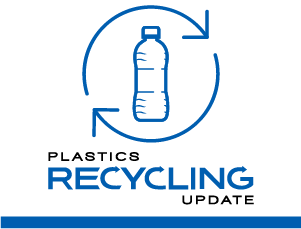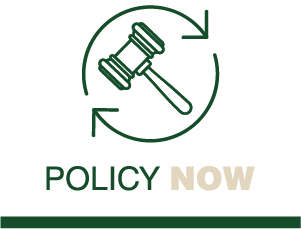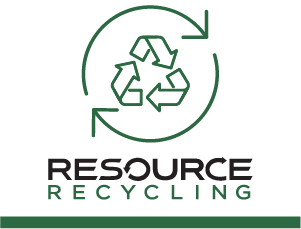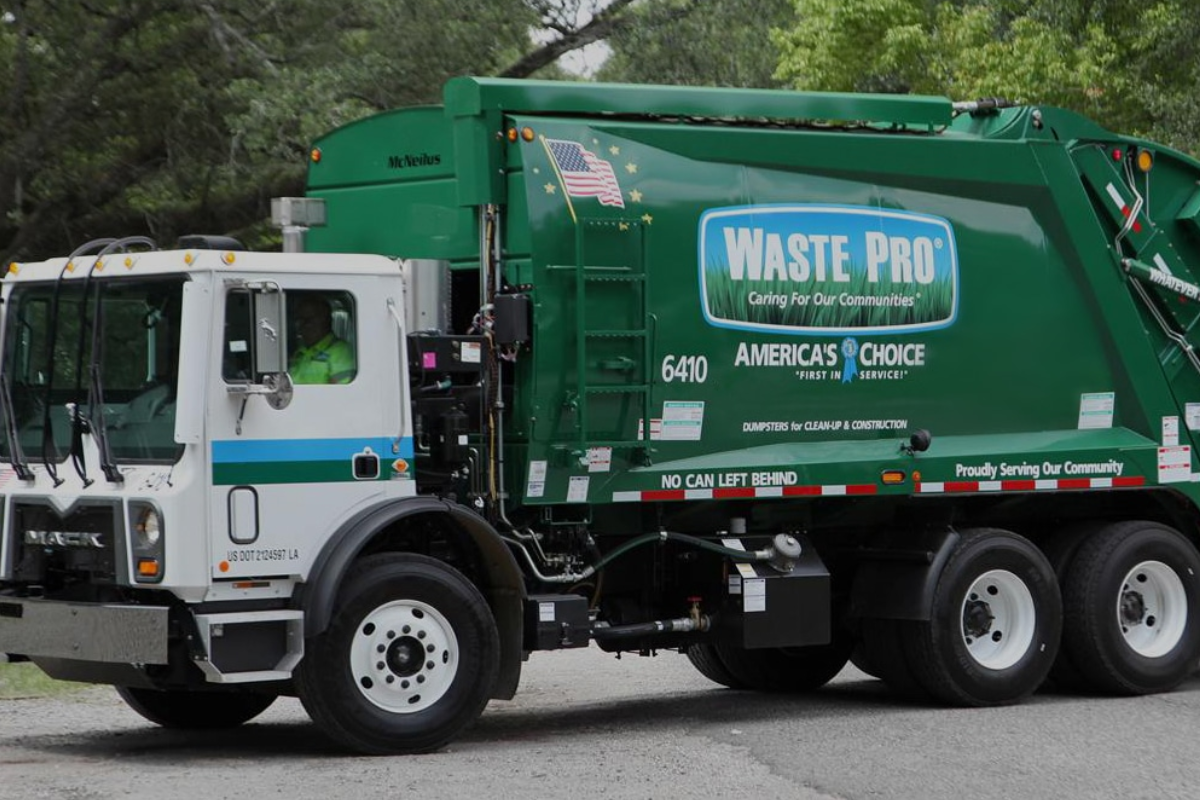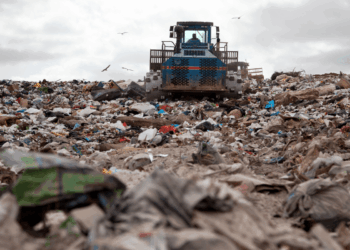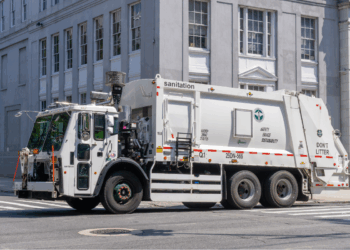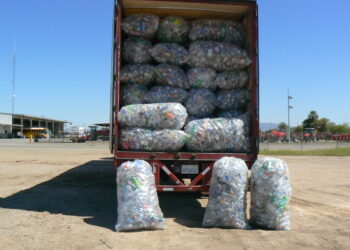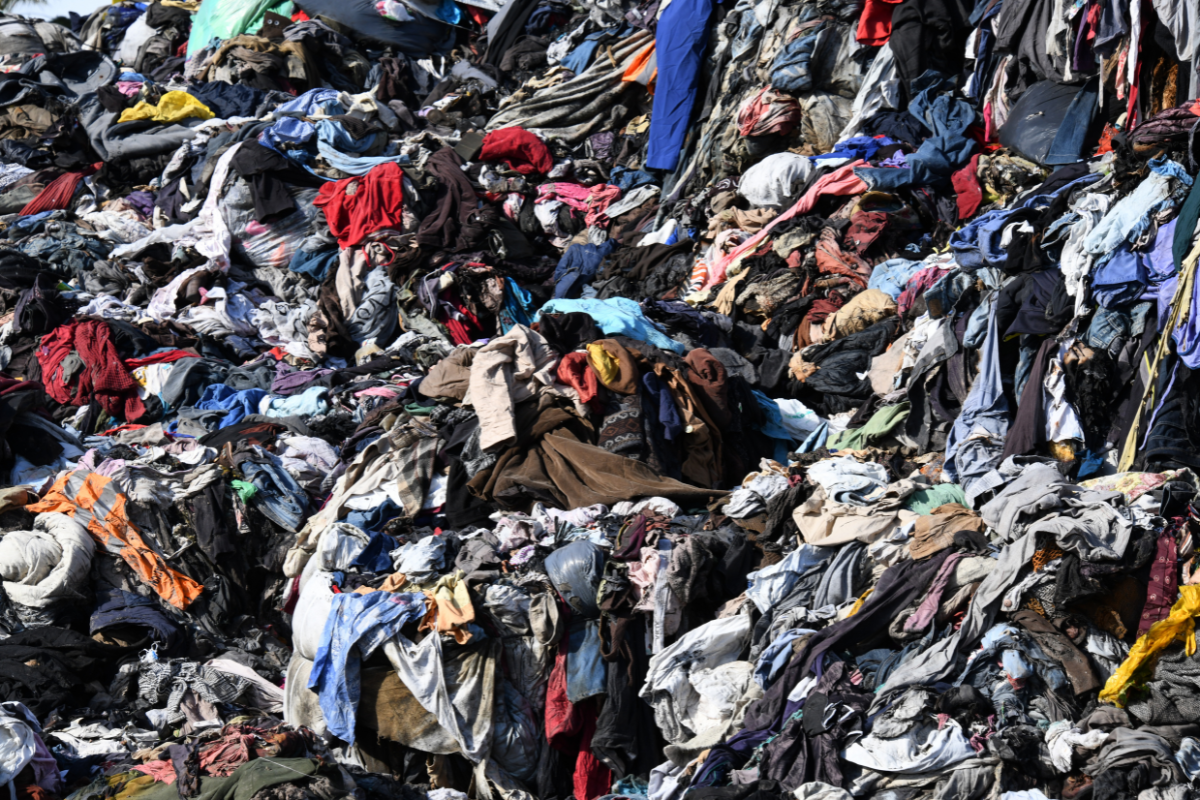As it approaches its 25th anniversary, Waste Pro is broadening operations beyond collection through a series of acquisitions across the Southeast.
Based in Longwood, Florida, the company has driven forward an aggressive expansion strategy, completing 24 acquisitions between January and September 2025. The moves have increased Waste Pro’s 12-state market share in residential and commercial hauling, industrial waste and cleaning services, portable toilets, as well as disposal and recycling processing, with the addition of eight post-collection facilities.
Waste Pro has secured contracts with initial-term revenues above $931 million in 2025, which could grow beyond $1.7 billion through extensions and renewals. The 53 franchise agreements, including 30 newly awarded and 23 renewals, cover exclusive collection services for more than 444,000 residential customers, plus one landfill operations and maintenance contract, according to the company.
Mike Fernandez, vice president of Post Collections for Waste Pro, said the company’s core operations with municipal partners have always been in collections and hauling.
“As we have grown, we have begun to focus on completing the circle – acquiring and building landfills, materials recovery facilities and other post-collection sites to position ourselves as a ‘one-stop shop’ for the communities we serve, which yields long-term cost savings,” he said.
The private hauler is on track to hit $1.4 billion in revenue for 2025. As momentum accelerates, Fernandez recently offered Resource Recycling insight into Waste Pro’s approach to serving its 2 million residential and 100,000 commercial and industrial customers from more than 140 operating locations.
A workforce-centered approach
While embracing innovation, Waste Pro believes that technology should enhance rather than replace key roles in the workforce, providing a competitive edge through relationships and implementation strategy.
Although the company’s core competitors and industry partners, particularly large, publicly traded national haulers, have access to the same advancements in technology, the company seeks to differentiate itself with implementing AI and other innovations. Adhering to its mission of operating with family-owned values, the company focuses on enhancing the skills of its frontline employees who have boots on the ground in its partner communities.
“As we look to invest in automation initiatives, our goal is twofold: to benefit our workforce in terms of efficiency, and to retain the hard-working team members who are at the core of our mission as a people-focused company,” Fernandez said. “Right now, we continue to rely on manual sorting, making our Waste Pros integral to our ongoing expansion. People are critical to our success, and we will never forget that or stray from that mission. We are looking to automation as a tool to help our employees, not to displace people.”
Despite having the resources to invest in recent AI advancements that could revolutionize recycling collection, contamination reduction and sorting, Fernandez said it is “these relationships that Waste Pro is able to leverage as we ask our community partners to try out new technologies and implement new programs for maximizing recycling efficiency.”
Resiliency in transparency
While recycled commodities markets remain unpredictable, Waste Pro faces volatility by embedding flexibility into its municipal contracts and maintaining constant communication with municipalities regarding shifting market realities.
“With the average materials value methodology and standards, we are doing what we feel is right to maximize value and minimize contamination. While we are constantly working with our brokers to find the best prices for commodities post-market so our municipal customers see an economic benefit from recycling, we focus on being realistic in our partnerships,” Fernandez said.
As recyclables are not the immediate rebates they were in the past, sharing current market values and forecasts with municipal partners ensures no one is caught off guard with rate increases.
“We establish the terms of the recycling transaction during the contract negotiation process, including who is responsible for processing fees, and if reviews need to happen mid-contract due to changing market realities, we maintain our ethic of transparency,” Fernandez said.
The company also monitors evolving legislative developments, particularly extended producer responsibility (EPR) laws, that could create new investment opportunities in MRFS and other sustainability initiatives.
“If the responsibility for managing post-consumer products shifts from local governments to producers and consumers with the enactment of EPR legislation, this climate would lend itself to strategic investment in materials recovery facilities or other reusable material efforts across our footprint,” Fernandez said, adding that this only positions the company to be at the forefront of sustainable efforts.
Post-collection growth a key focus
Over the last two decades, Waste Pro’s growth has stemmed from both strategic acquisitions and organic expansion. In 2025, the addition of eight new post-collection facilities amped up material recovery operations. Post-collection acquisitions will remain a priority in 2026 and beyond, as the company identifies new opportunities to contribute to a circular waste system, Fernandez said.
“Our commitment to recycling extends beyond our materials recovery facilities. Our immediate focus is on sorting and processing core commodities at our other disposal sites, including concrete, wood, vegetation and metals, which help reduce landfill use and expand recycling opportunities,” he said. “Our goal is to help these raw materials see a second or third life. We are committed to increasing efficiencies in this market area with new technologies as we turn recovered materials into new products, such as repurposing concrete for rock structures.
The commitment to diversification has accelerated under current leadership. Since Sean Jennings assumed the role of president and CEO from his father in 2020, post-collection operations, particularly recycling and material recovery, have risen 20-30%. Waste Pro has recorded revenue growth of approximately 86% under his leadership.
In a statement Jennings said, “I am proud to carry my family’s legacy in the industry into its third generation, and I am committed to carrying out and expanding my father’s vision of a people-centered company focused on serving our communities and our employees. Our continued growth is a testament to that strong foundation.”



